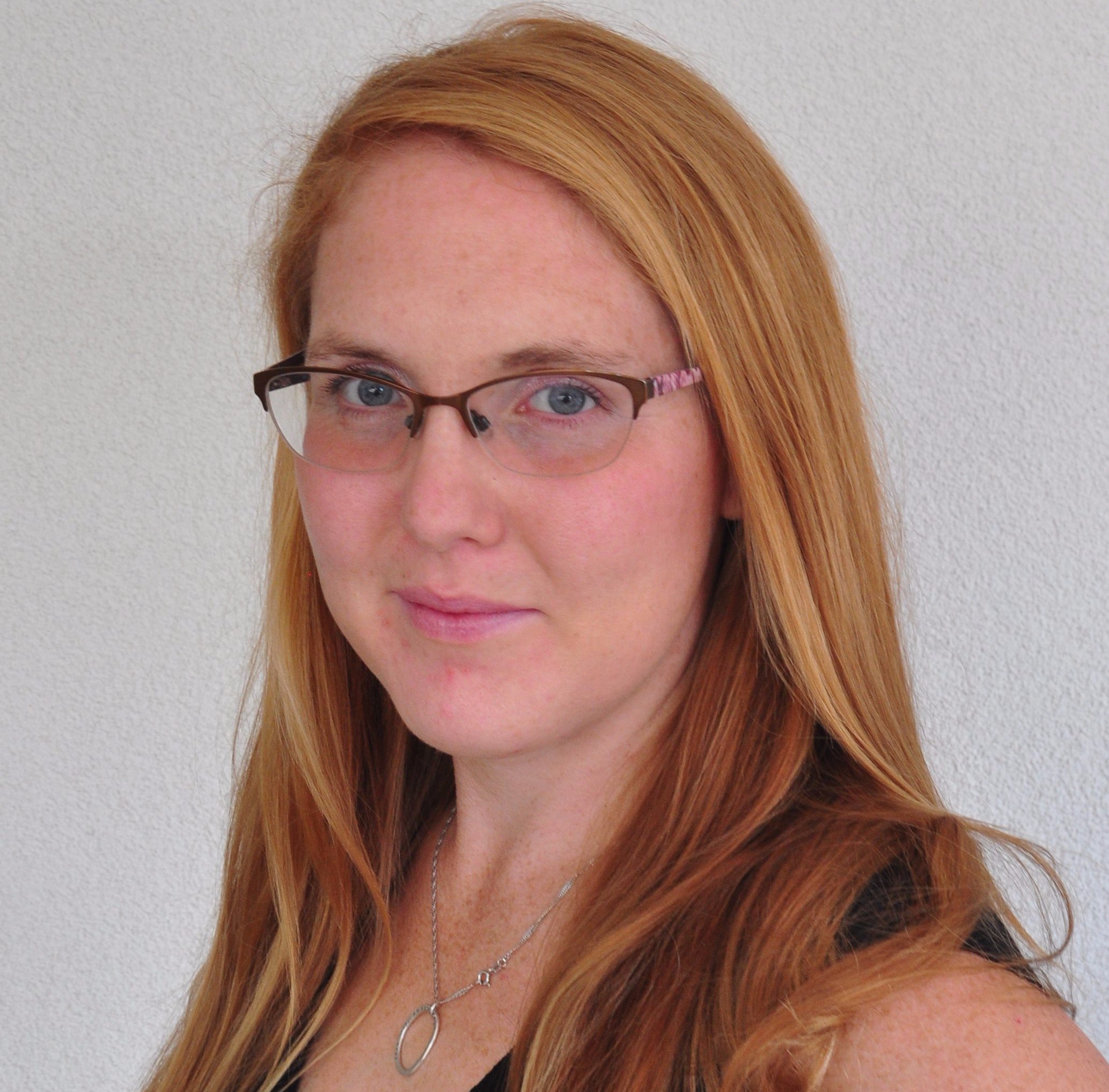Let’s have a look at the golden rules around Risk Management. Risk Management is one of the most underrated parts of Project Management that often gets neglected by Project Managers. When I’m doing a coaching session for risk management, often I hear that they know what to do but now how to do it.
Here are a few suggestions for how to manage your risk management in your project:
1) Communicate clearly and early
All of the risks identified need to be clearly communicated and early on in the project. I would also suggest that you continue to do this regularly and make sure that you’re being clear and consistent with the message that you’re delivering. This is also relevant for when risks occur and then I would make sure that you’re escalating hard and fast to ensure that the issues are managed and resolved as quickly as possible.
2) Expectation management
It’s important to manage the expectations and have clear stakeholder management for all of the risk identified. This includes making sure that you’re being clear what you are expecting from the specific stakeholder.
3) Consider threats as well as opportunities
Normally, when you do risk workshops, you are mainly focused on the negative risks rather than also including the opportunities that may exist in the project. This could be a simple question that you ask to see during the workshop if there could be any benefits that we could gain from current conditions or the aims of the project.
4) Analyse all of the risks presented
One thing that often gets done during risk workshops is that all of the risks are noted and then the highest priority ones are monitored and mitigations are investigated. One thing that I suggest is all of the risks are considered and analysed to see if there are any risks which could turn into a priority.
5) Plan, implement your risk response
When you’re going through all of your risks, make sure that you have a plan and actually implement the risk response. This includes reviewing on a regular basis to ensure that it’s still accurate and relevant.
6) Take out the obvious
When you do a risk workshop, I’d try and save some time and already put the ‘obvious’ risks in your project/company on the table so that the team can focus on the other potential risks in the project. This has two advantages: 1) your team aren’t spending time on ‘unnecessary’ risks and looking at the more relevant, pressing ones and 2) giving your team some examples of risks that are already known to help with their thought process.
7) Use your skills to your advantage
If you have a great facilitator on your wider Project Management team, then consider bringing them into the session to facilitate the workshop. This can have multiple benefits: having an ‘outside’ voice can help with raising sensitive topics can help with managerial support and secondly giving someone else the facilitator role if it’s a weakness will mean a more productive workshop to happen.
8) Own it
When you are reviewing your risks, make sure that each one has an owner and that they accept that they are responsible for this risk. This can ensure that everything keeps on track and there are no risks forgotten. You can also encourage people to ‘own’ their risks by getting regular updates during project updates.
9) Keep it relevant: update your risk register
How many times have you seen that a risk register is updated at the start of the project and then logged and forgotten about? How often is it that some of the risks identified turn into issues? It’s a lot from my experience which is why I encourage other Project Managers to make sure that their risk registers are reviewed as part of their regular update activities. This could also include closing risks that are no longer relevant.
10) Live risks as part of your daily life
Most Project Managers I know are doing this subconsciously! They’re looking for what’s happening next and trying to actively ‘firefight’ to resolve issues occur but they might not be updating the documentation or looking actively for the risks that occur in their projects.
Why is all of this important?
As our projects are becoming more time constrained and critical, it’s important that we also look at what we can do to make our lives easier and this is where I think managing your risks actively and thinking about how you can be more efficient in your risk identification and resolution will really benefit your project on a long-term basis as you have fewer issues escalating out of your control.

[…] their Risk Registers and few continue to do adequate Risk Management. I’ve recently written a blog post on Risk Management that you might find useful for keeping track of your risks and what’s […]
LikeLike